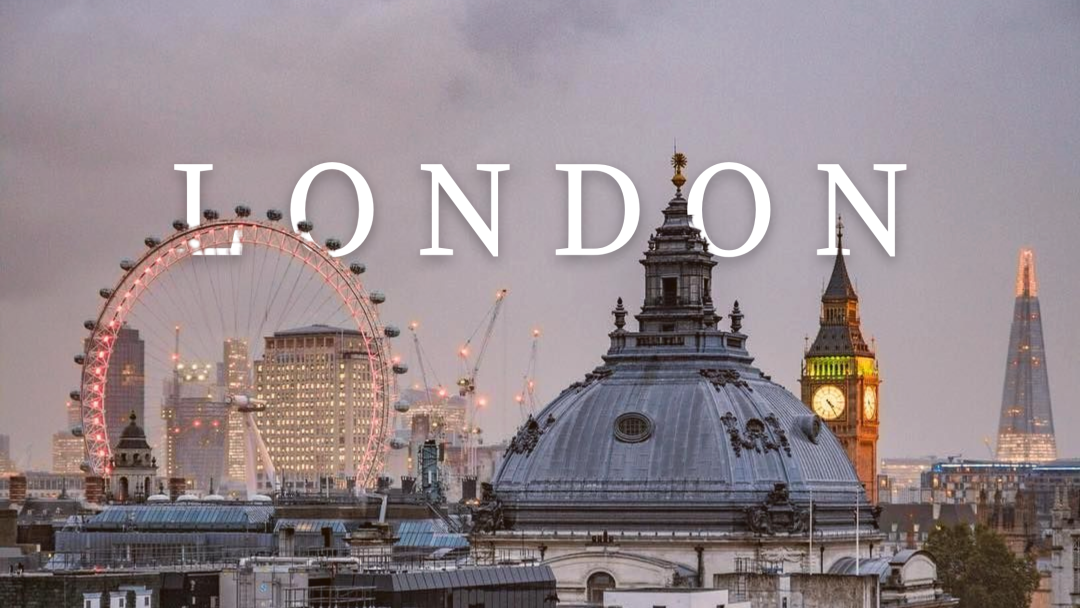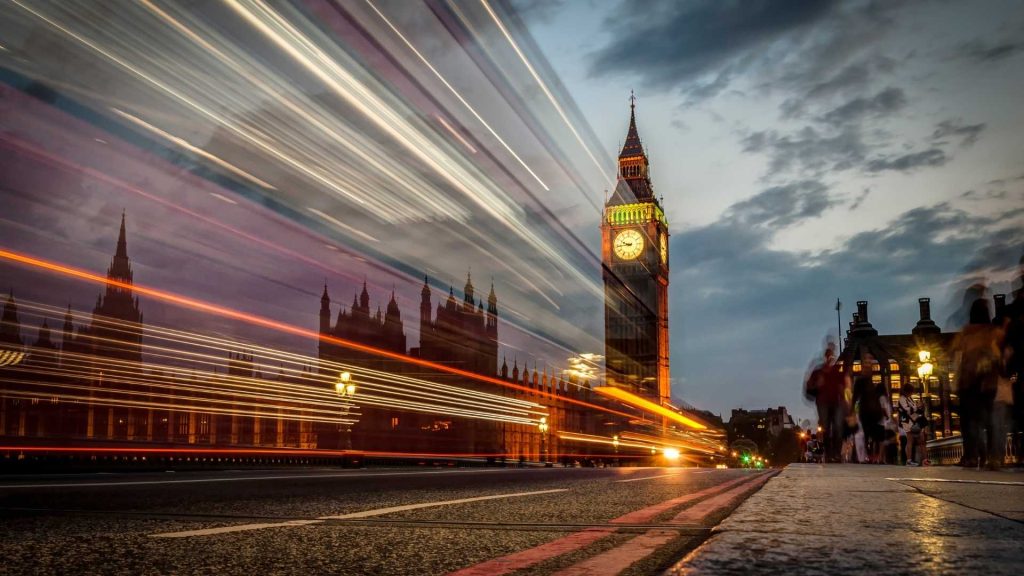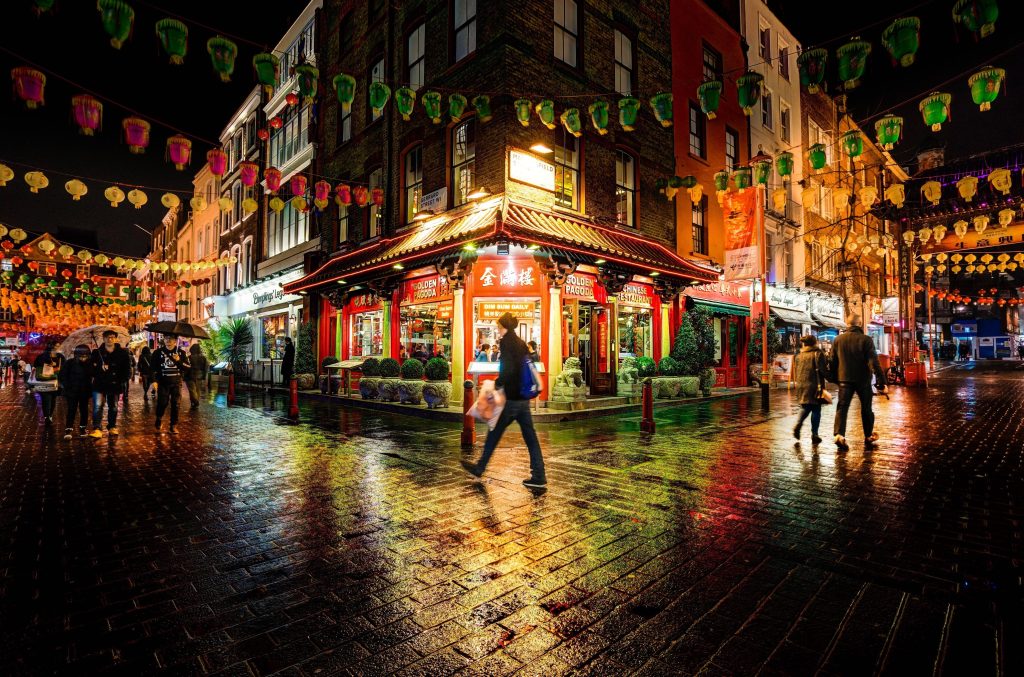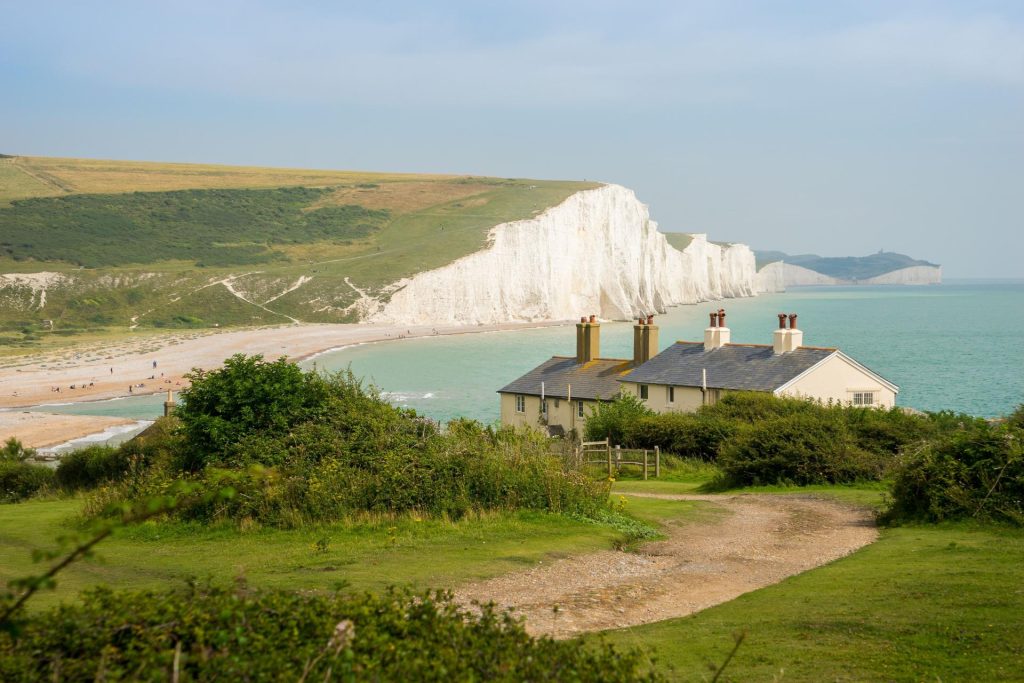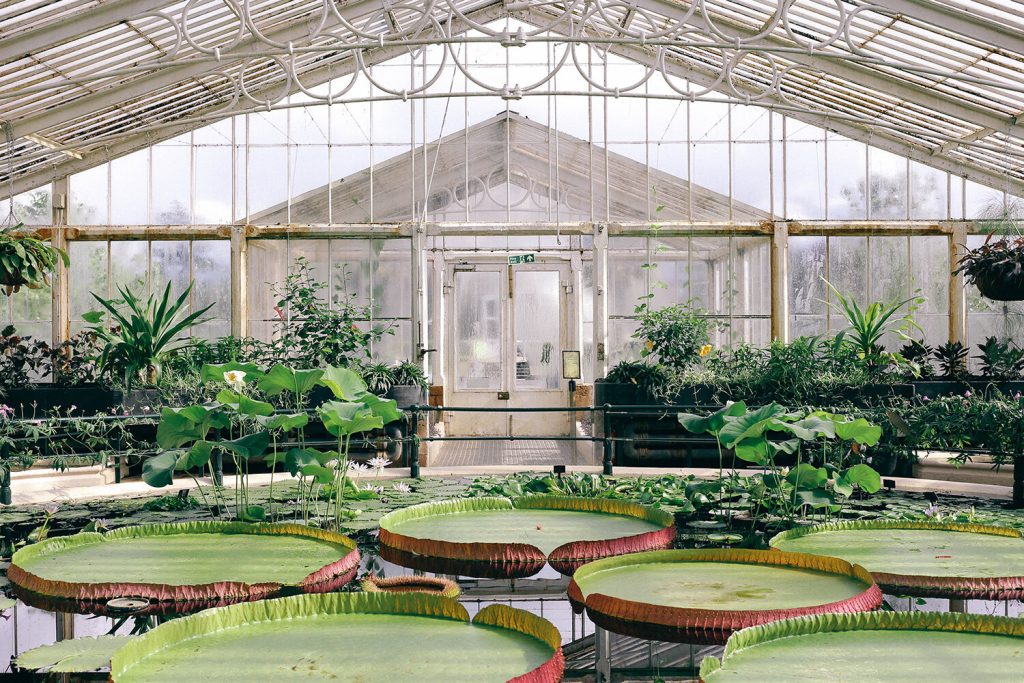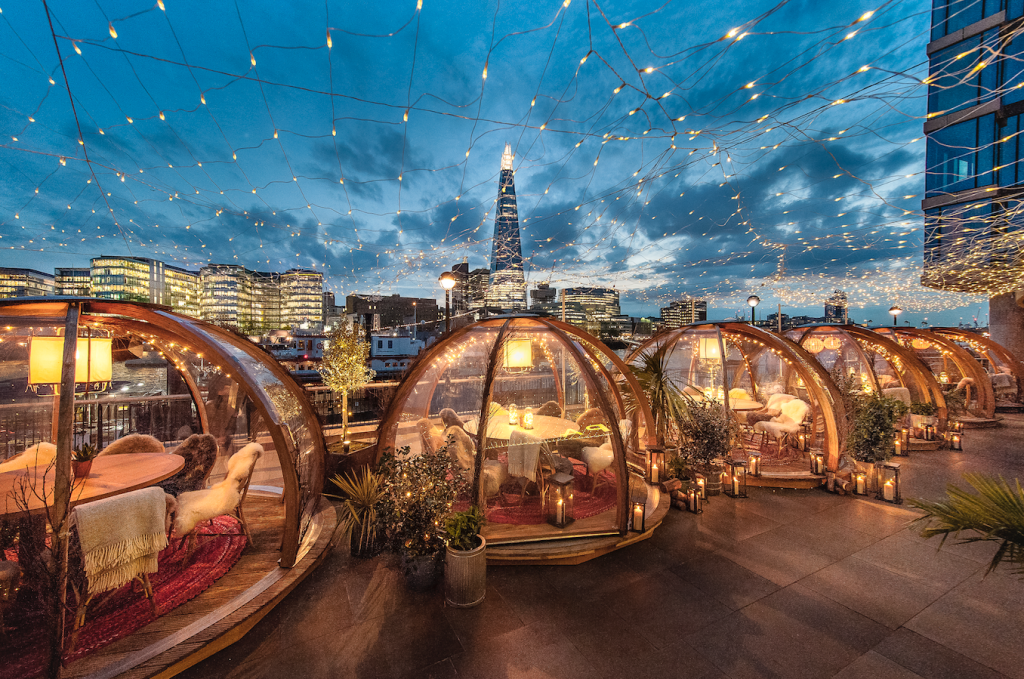Sandwiched between the seemingly distant memories of sensuous summers and the slow but steady shortening of days ushering in the winter- October can be a tricky month for many when looking to plan a last-minute European holiday. If you think you missed your window for a beach escape, fret not- we’ve got you covered! From stunning Madeira to Italy and the Greek isles, the sun continues to shine boldly between fluffy clouds and all you need is the right guide to go about choosing your favourite island.
Here are 9 of our favourite European beach destinations that are still warm and welcoming in October. With toasty daytime temperatures that promise a great tan, grab some sunblock, a cute swimsuit, large hat and you’re good to go!
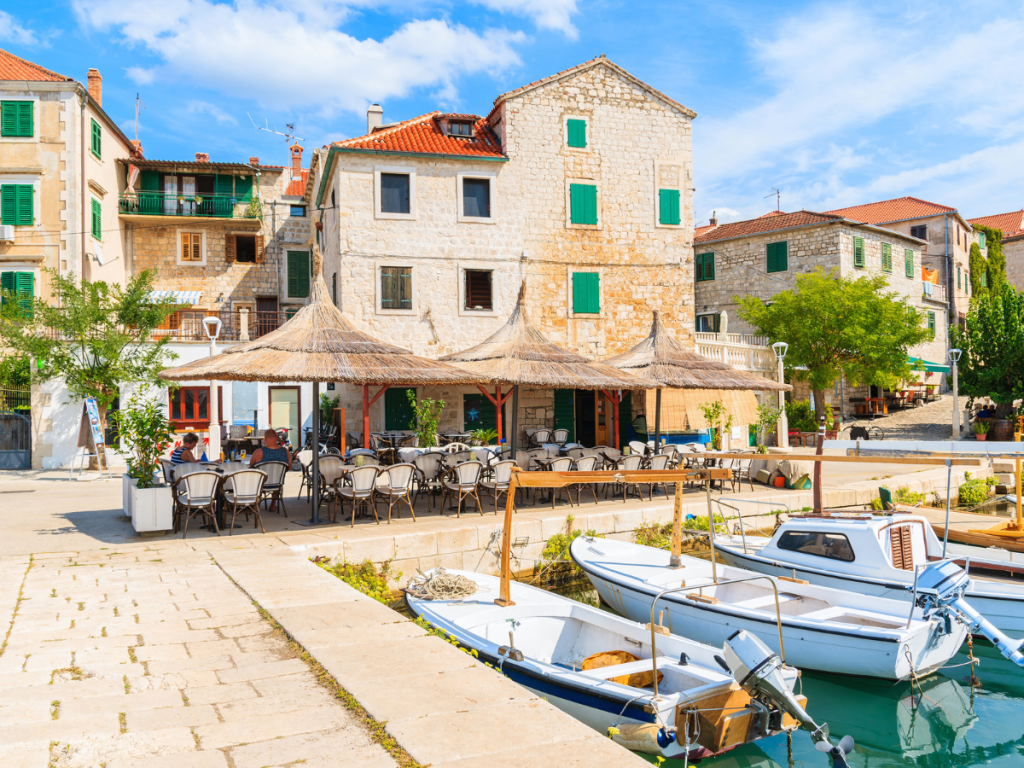
Brač, Croatia
Average daytime temperatures: 20-24 degrees Celsius
How to get there: Fly into Split Airport (SPU) and then take the ferry across to Brač
Endowed with magical bays and covered with forests of cypress trees, there’s something magical about Brač. Although popular for its iconic sliver of beach- Zlatni Rat, there’s much more to Brač than its triangular stretch of shimmery coastline. With quaint fishing villages adorned with classic Croatian red tile roofs and white facades, baroque churches and little streetside restaurants dishing up fresh seafood delicacies, it paints the perfect picture of a quiet coastal town, away from the throngs of tourists.
A fun fact about Brač- stone from its quarries on the Northern side of the island, is used to build homes in Brač, along with the White House in Washington and Diocletian’s palace in Split.
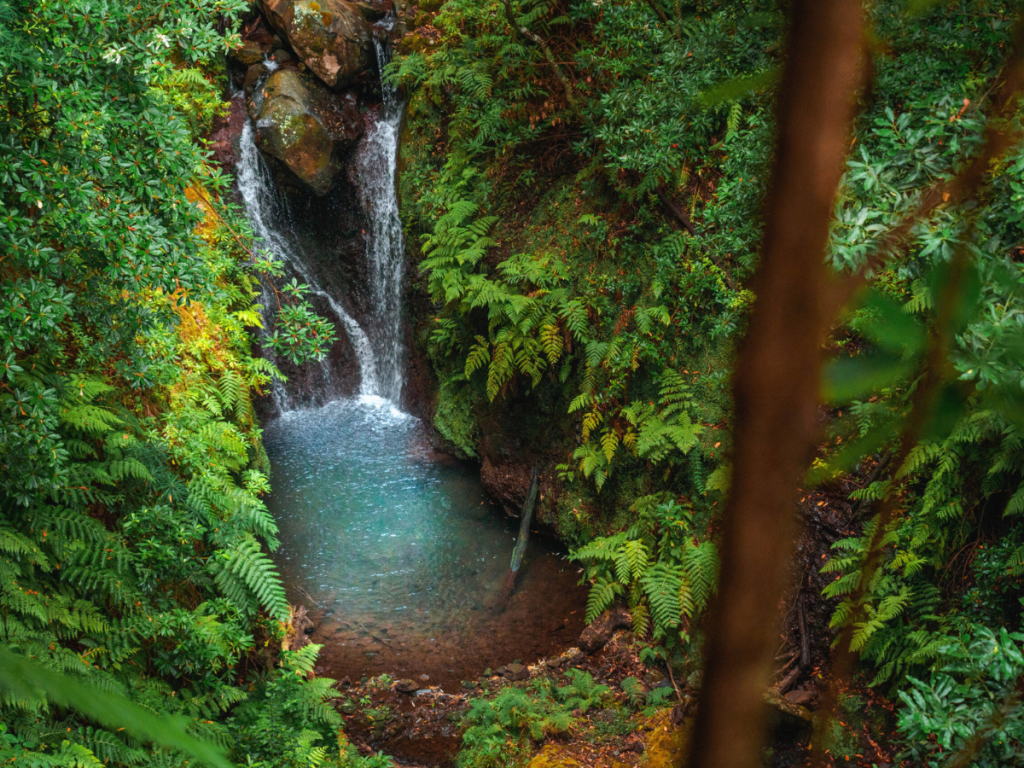
Madeira, Portugal
Average daytime temperatures: 20-28 degrees Celsius
How to get there: Fly into Madeira Airport International Cristiano Ronaldo (FNC)
Tell us you’ve seen a more enchanting place than Madeira and we’ll help you with an itinerary to rediscover this little island and prove you wrong. Madeira has the perfect climate, never too hot, never too cold and a paradise for lovers of the great outdoors.
This volcanic island is not home to your typical golden sand beaches, instead, it boasts a dramatic rocky coastline, lush forests, stunning waterfalls and pods of friendly dolphins. With colourful street art, black and white mosaic pavements and cute street cafes with checkered tablecloths, the capital city of Funchal is compact but packs a real punch.
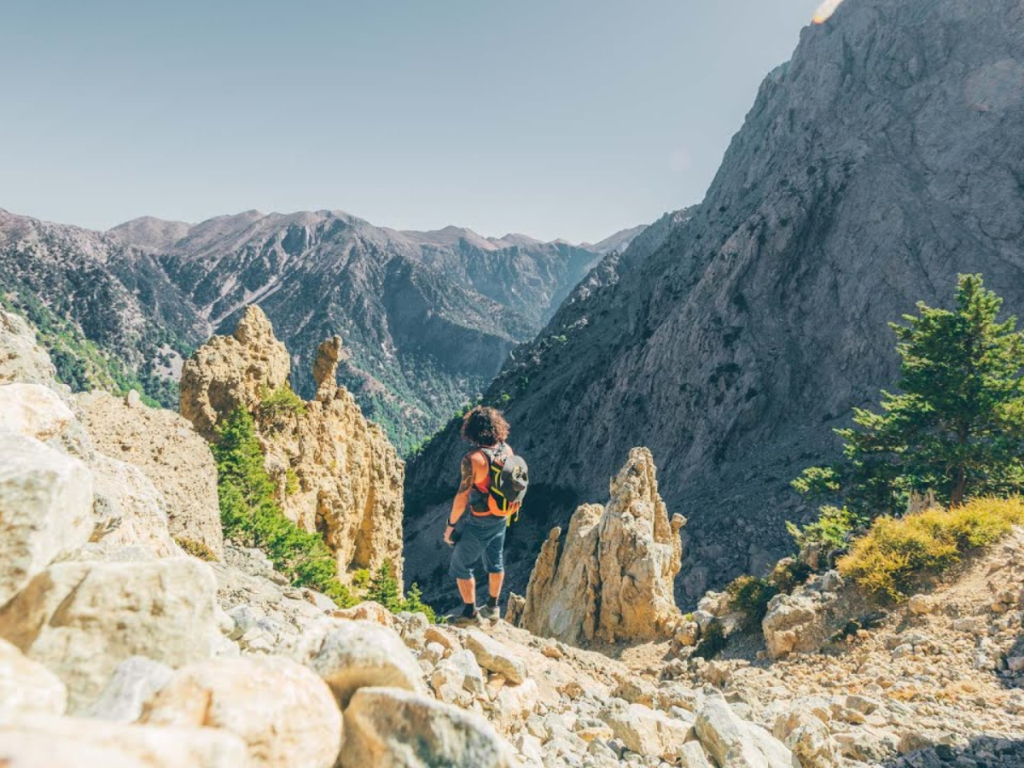
Crete, Greece
Average daytime temperatures: 21-26 degrees Celsius
How to get there: Fly into Chania International Airport (CHQ)
The peak-summer crowds have trickled down and while Crete is a popular cruise stop, there’s much to this sunny island that encapsulates the fabled Greek magic. After all, it is the birthplace of the mighty Zeus and that of the oldest civilization in Europe. Crete falls into two climatic zones, with the largest part of the island falling into the Mediterranean and the southern with a North African climate- so you’re really spoiled for choice.
When not relaxing by turquoise waters and pink sand beaches, Crete’s few but stunning national parks, offer opportunities to discover deep gorge hikes, mountain drives, ancient history and more!
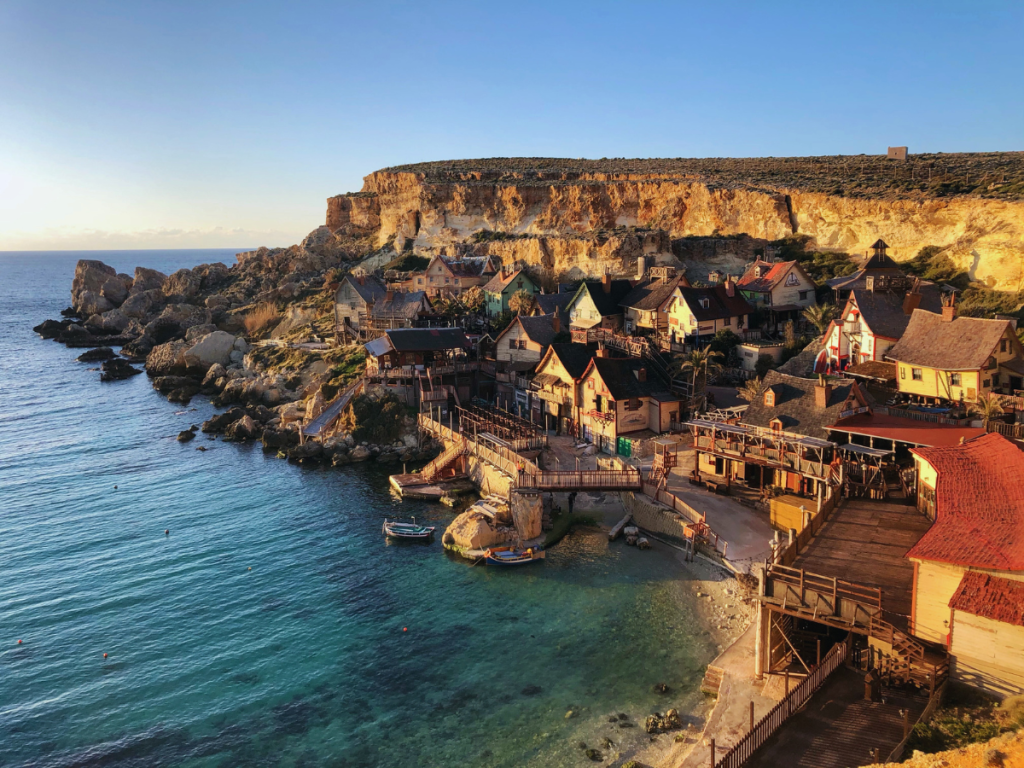
Corfu, Greece
Temp: 20-26 degrees Celsius
How to get there: Fly into Corfu Ioannis Kapodistrias Airport (CFU)
Delicate and boasting a glorious cultural past, Corfu is the founding home to the first Philharmonic Orchestra and the First School of Fine Arts.
Its idyllic settings have been the backdrop for multiple Hollywood movies, and for good reason. With lush olive groves, fragrant orange gardens, fascinating culture and a beautifully preserved Old Town, Corfu is beguiling and calls to be explored with no rush.
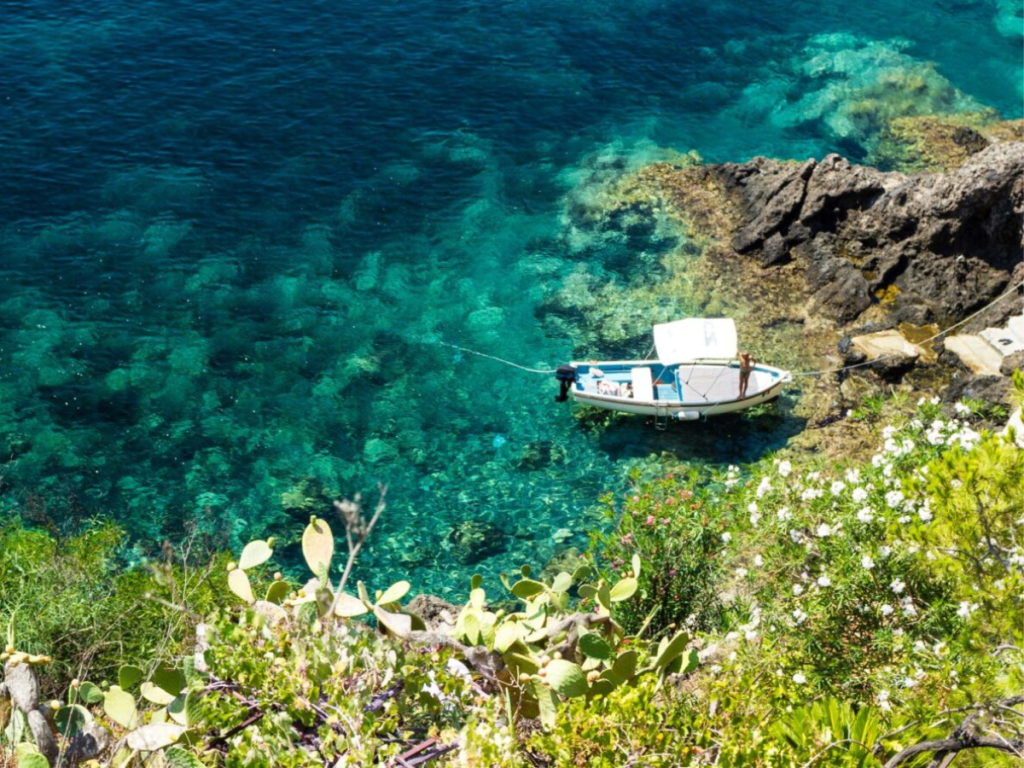
Ustica, Italy
Temp: 20-25 degrees Celsius
How to get there: Fly into Falcone Borsellino Airport (PMO) Palermo and then take a ferry to Ustica
A little island shrouded in charm, history, and unique landscapes, Ustica sits pretty and secluded from mainland Palermo. Like a green oasis rising from the sea, this island was made the first Italian Marine Reserve in 1986, providing excellent opportunities for snorkelling and diving enthusiasts. Expect lush seabeds, colourful shoals of fish and coral unlike elsewhere in the Mediterranean.
The island’s indented coastline carefully hides from the public, stunning caves, pebbly coves, small beaches and natural pools. Dive in for an exhilarating adventure!
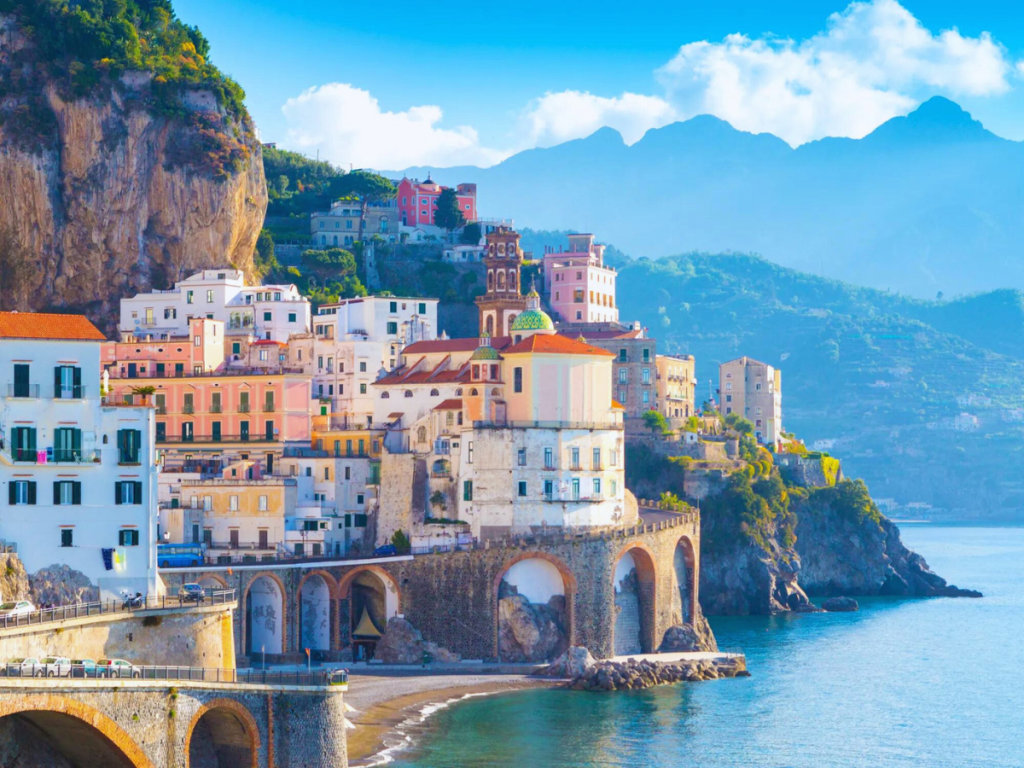
Sardinia, Italy
Average daytime temperatures: 20-27 degrees Celsius
How to get there: Fly into Cagliari Elmas Airport (CAG)
The embodiment of ‘la dolce vita‘ with white-sand beaches, turquoise waters and pretty pastel-coloured houses piled atop a rugged outcrop- this Mediterranean island spells bliss.
With an abundance of activities for every traveler, October still sees warm sea temperatures minus the crowds, a two-million-year-old cave in Capo Caccia, charming villages and the famous Autunno in Barbagia festival, Su Nuraxi Nuraghe- the island’s only UNESCO World Heritage Site and much more!
The island’s beloved festival is a celebration of its culture and ancient traditions- among others, you’ll see how local bread and pasta were once made and the techniques behind ancient crafts originating in Sardinia.
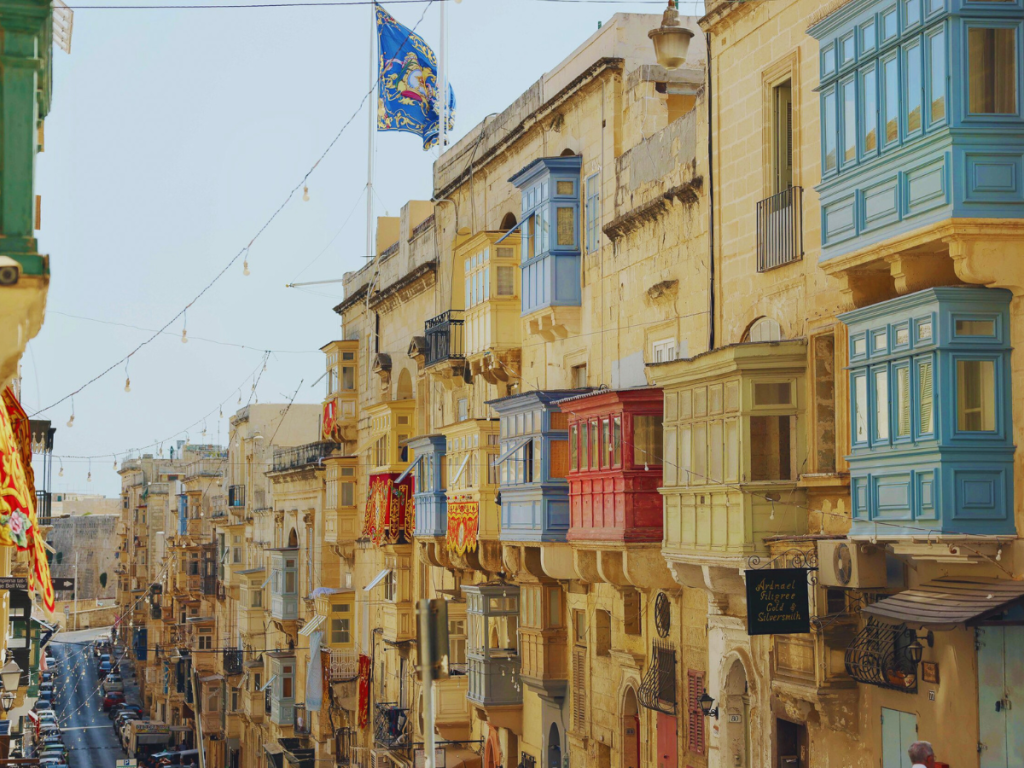
Malta
Average daytime temperatures: 20-25 degrees Celsius
How to get there: Fly into Malta International Airport (MLA)
With gorgeous architecture and a rich history, long winding beaches and glistening waters, Malta enjoys over 200 hours of sunshine in October. Without a single dreary vibe in sight- it’s just great weather, warm waters and fabulous food.
With over a dozen tranquil spots to soak up the Mediterranean sun, you’re really spoiled for choice. Short boat rides will take you across to sister island Gozo for an easy day on the sandy shores of San Blas Bay. For the water babies, underwater treasures in the form of wrecks, caves and vibrant marine life lie just beneath the surface of the island’s crystal-clear waters. Wind down with a walk through Valletta’s pretty narrow streets coupled with a coffee break at a cute alleyway cafe.
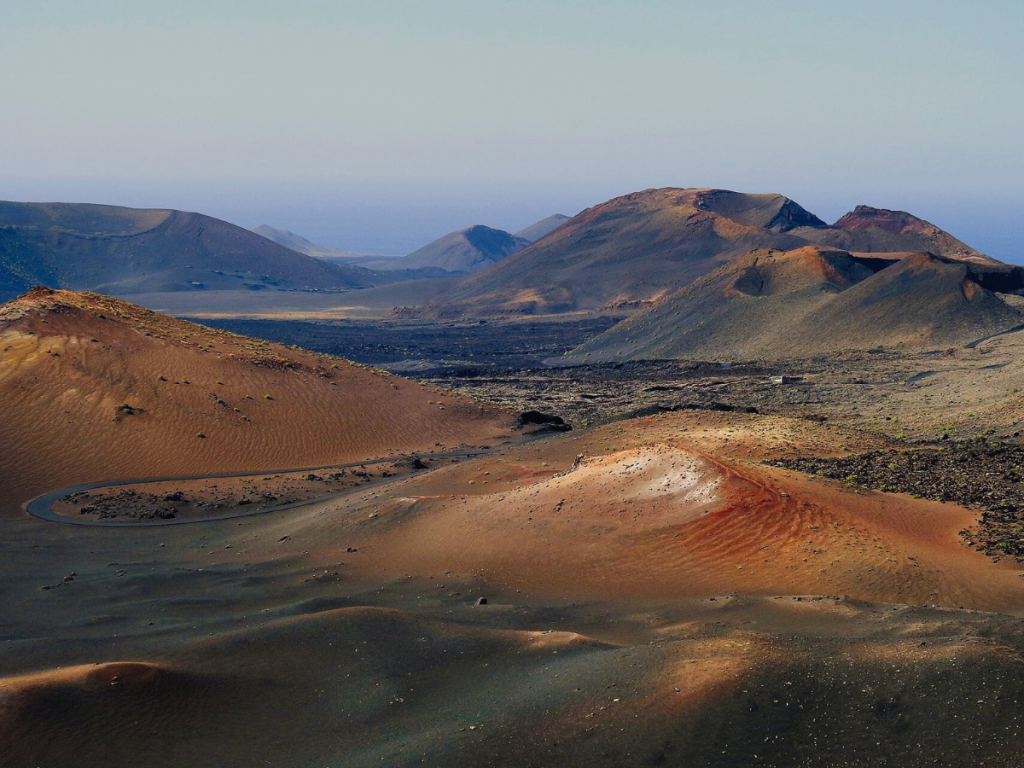
Fuerteventura, Canary Islands- Spain
Average daytime temperatures: 25-28 degrees Celsius
How to get there: Fly into Fuerteventura Airport (FUE) from mainland Spain
Everything about Fuerteventura is dramatic- windswept and baked by the sun, with its bunt red, Martian landscape, the island is nothing like its neighbouring sister islands. With flatter terrain, here, the clouds aren’t trapped by mountains and strong winds rake up the best weather for watersports.
With multiple choices ranging from windsurfing, kite surfing, scuba diving and sailing- it’s a great bet for an offbeat getaway to unwind by the golden sands of Corralejo and Morro Jable. Its arid landscape and endless sunshine allow for long days out, to explore the otherworldly beauty of its volcanic terrain.
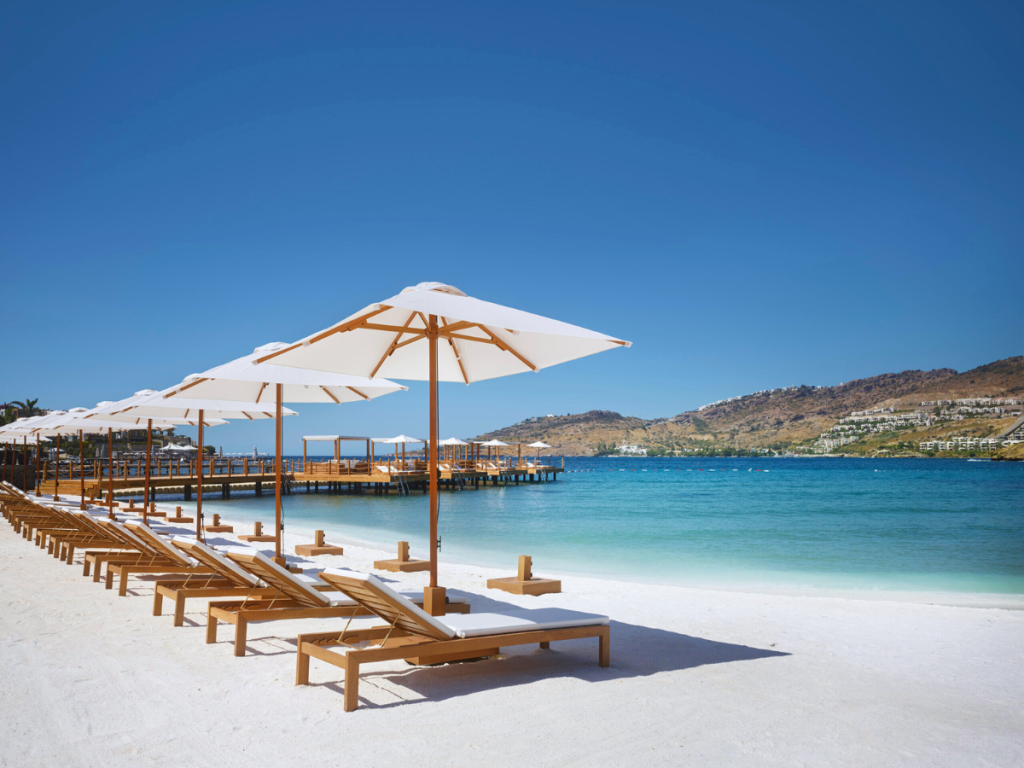
Bodrum, Turkey
Average daytime temperatures: 23-28 degrees Celsius
How to get there: Fly into Milas–Bodrum Airport (BJV)
Nestled on Turkey’s southwest coast, Bodrum is a mesmerizing blend of history and modernity. Come October- the Aegean presents itself as an enticing option with sea temperatures that have been consistently warmed through the summer. With balmy temperatures reigning, the forested coast and ancient city are ready to be explored. Ancient ruins like the Mausoleum at Halicarnassus and the stunning Bodrum Castle will have both history and outdoor enthusiasts enthralled.
With an abundant bounty ripe and fresh from the sea, October afternoons are best spent lazily by the beach followed by an easy segue into a vibrant night scene.
An alluring bunch to choose from, which of these magical islands has piqued your interest? Make the most of the month and head off for a crowd-free beach escape.

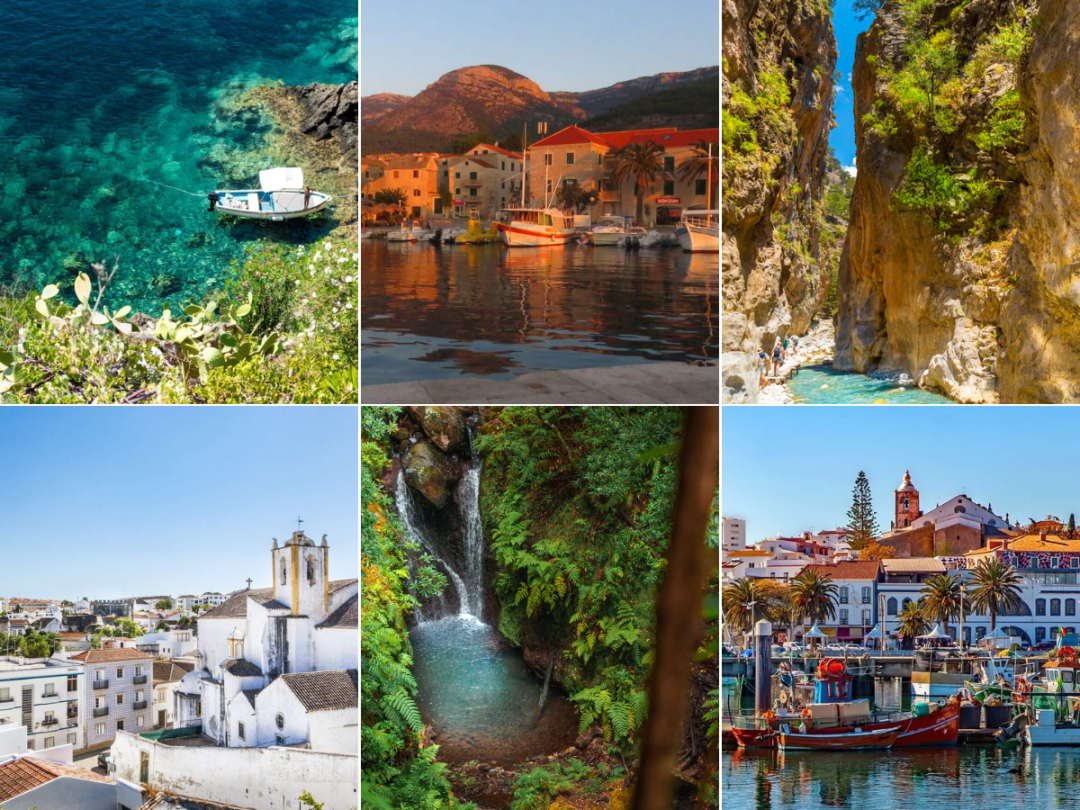
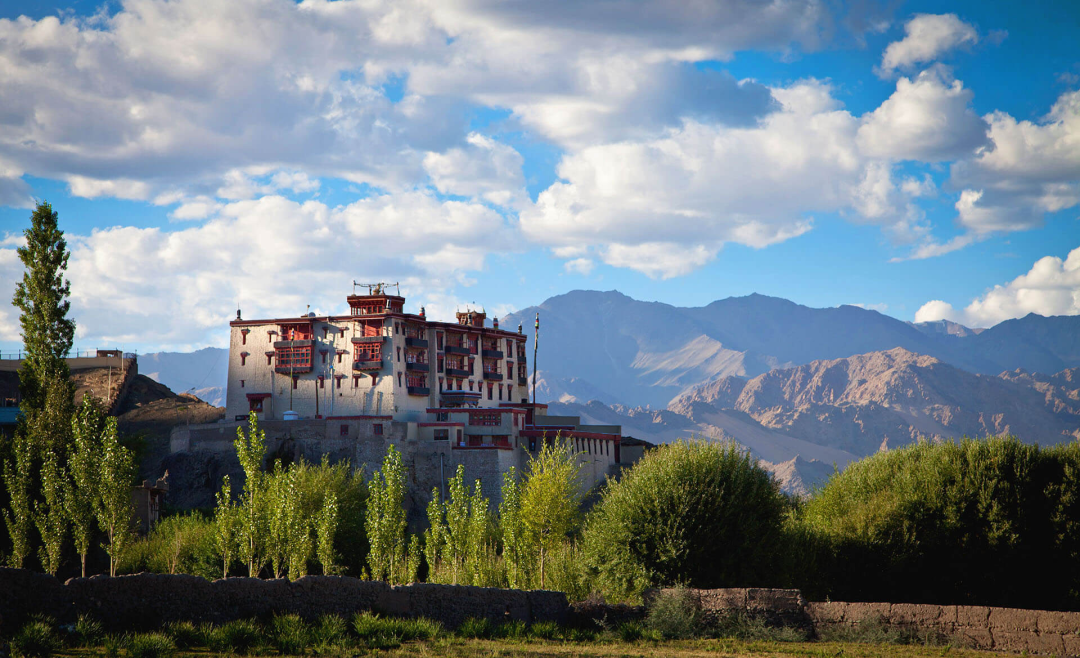
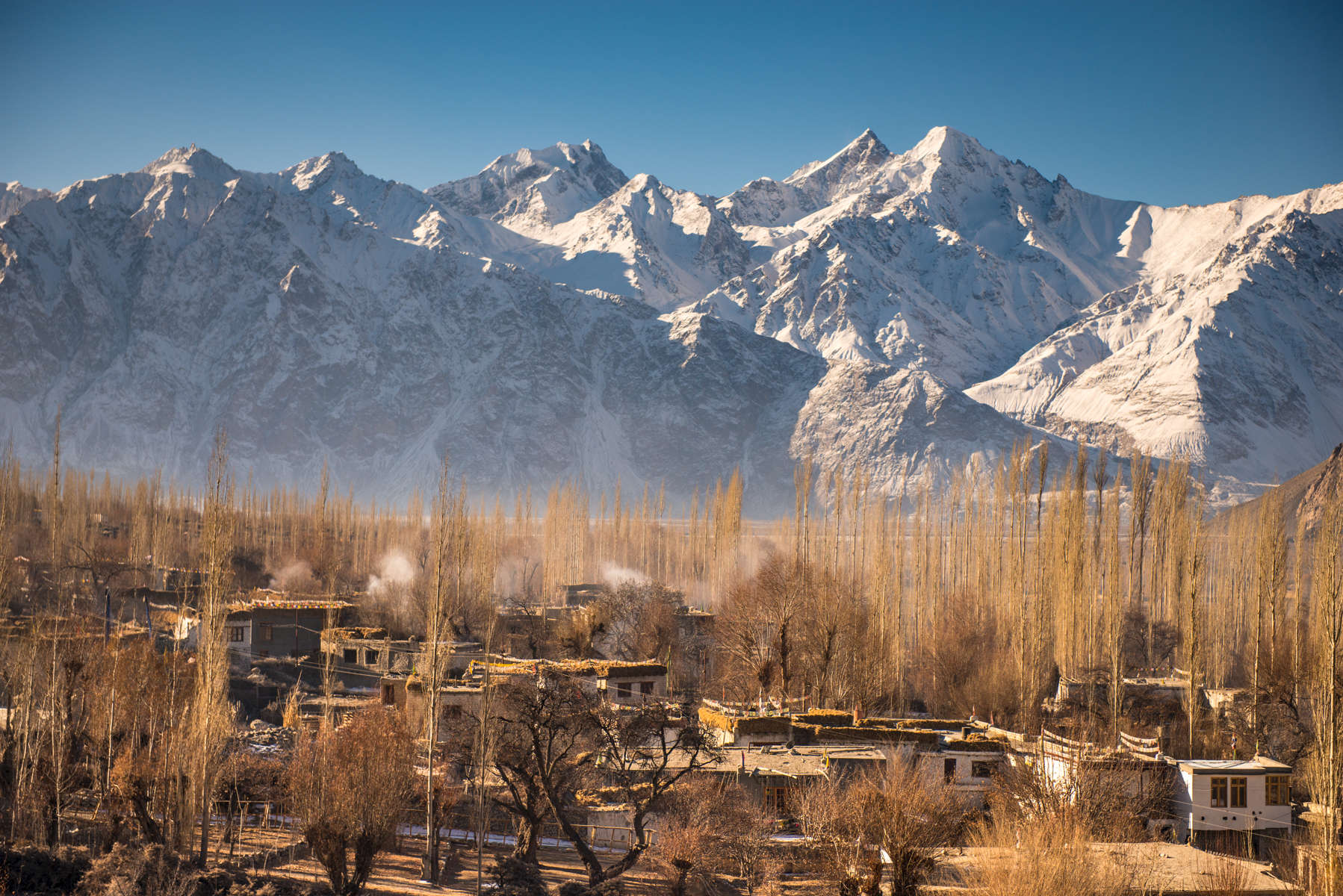
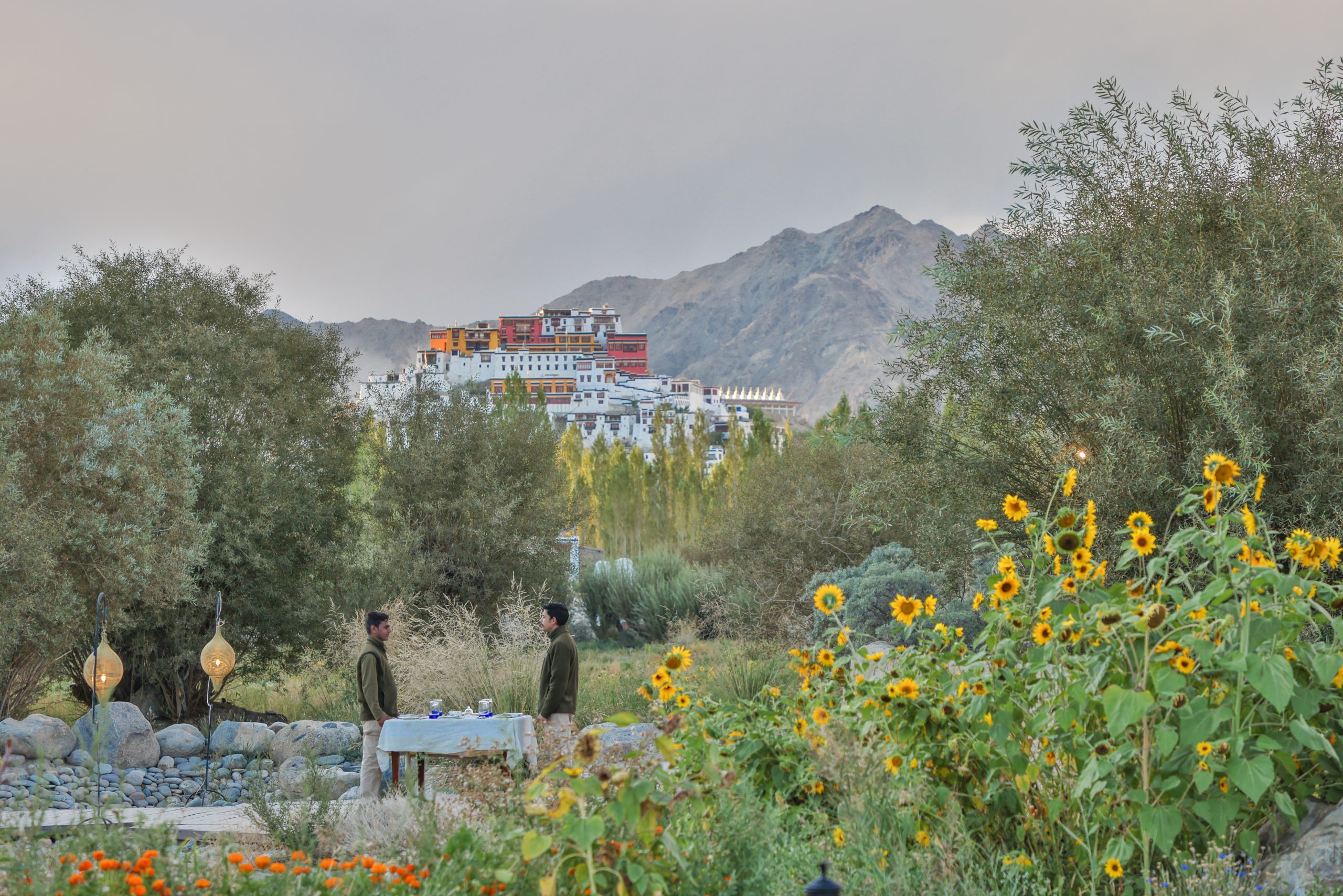


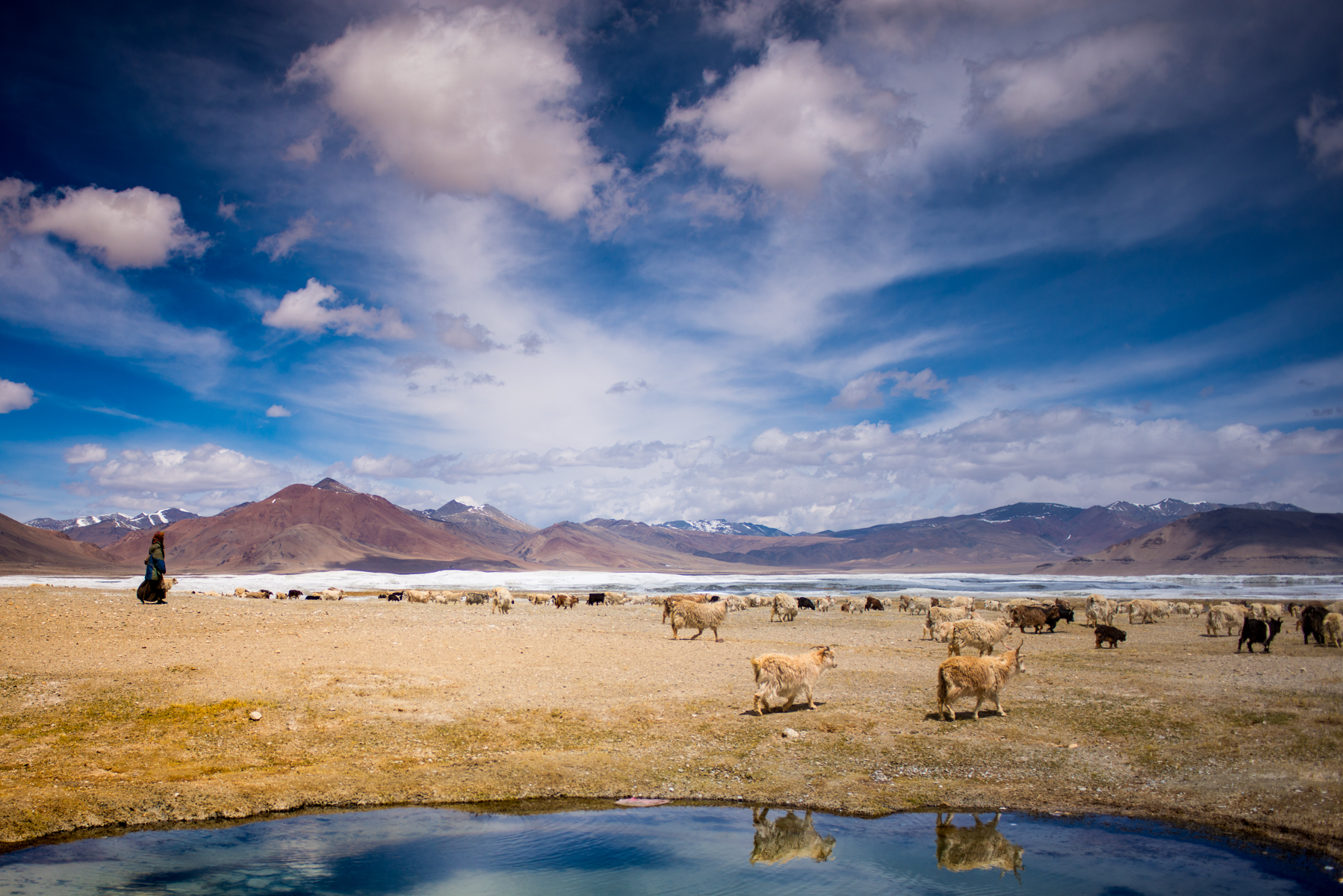
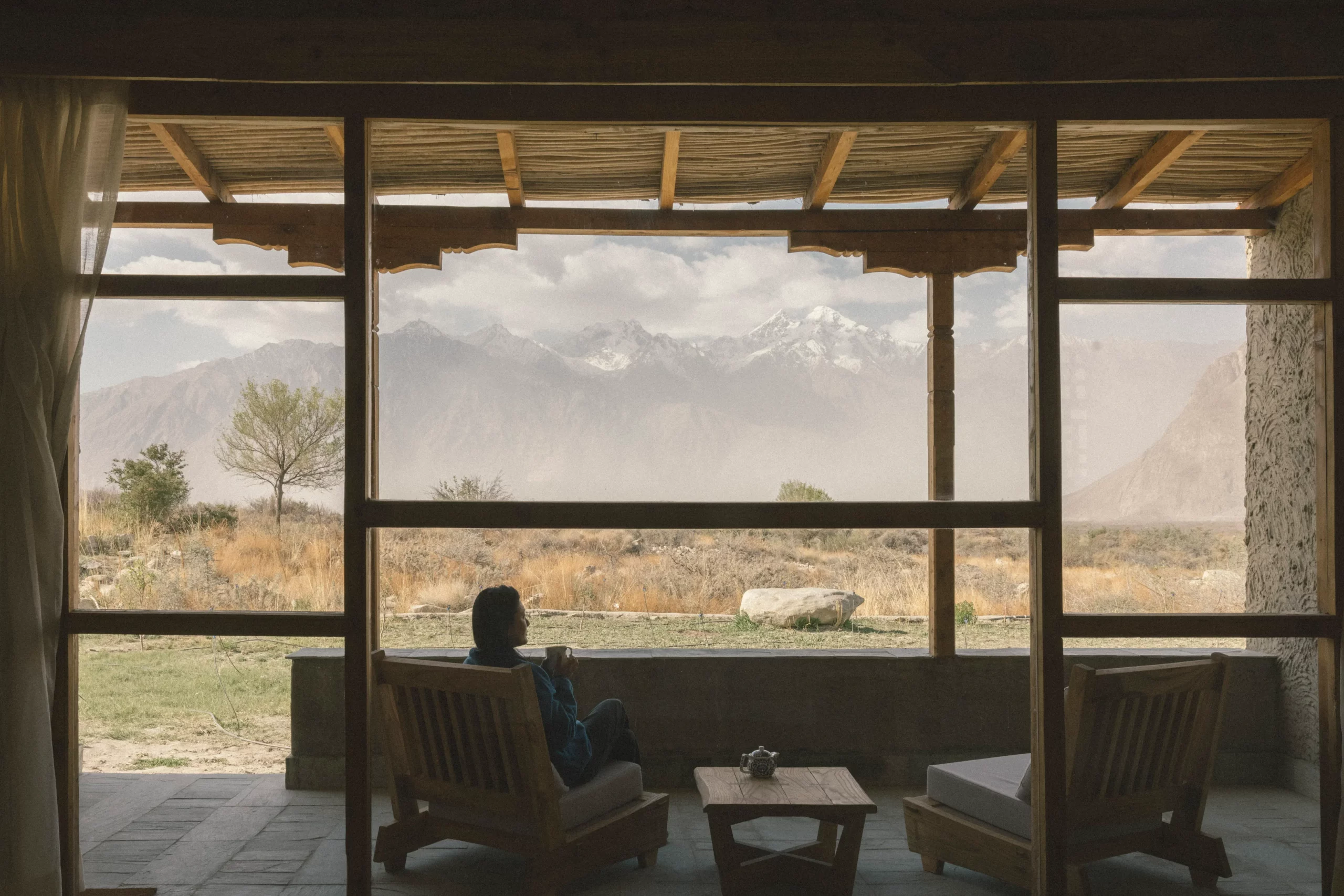

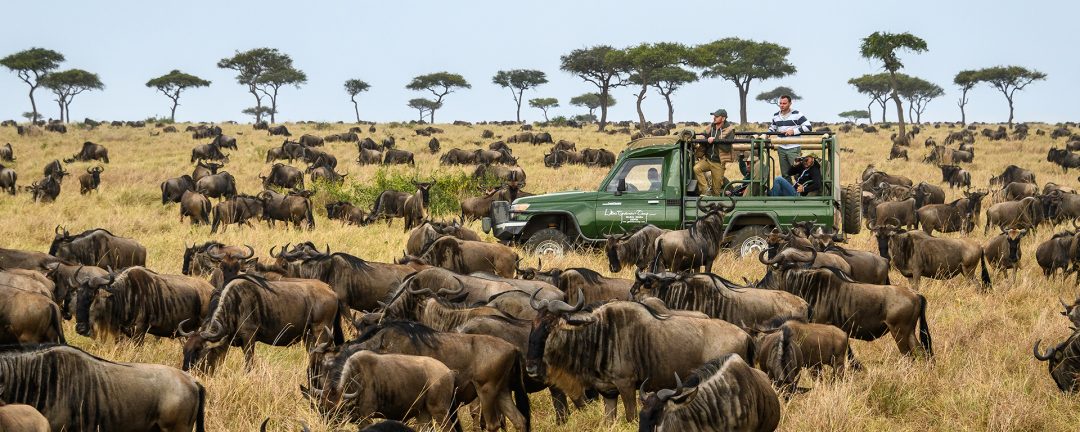
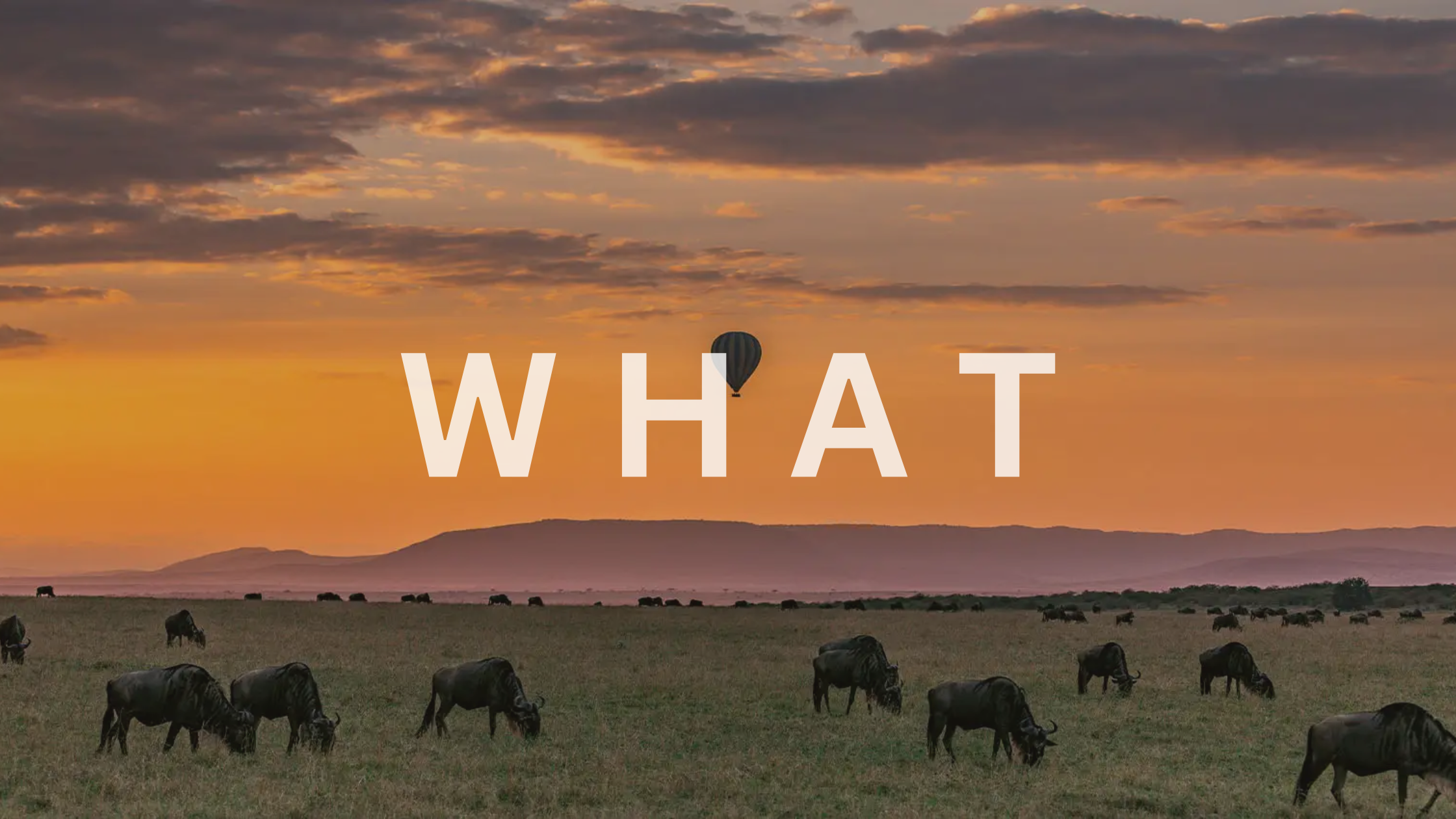


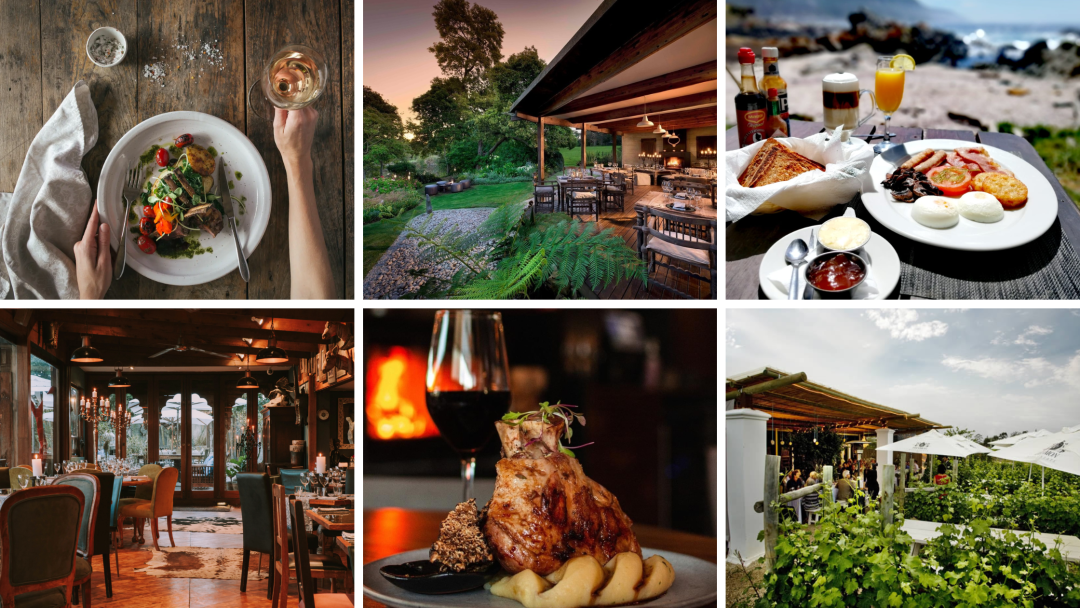
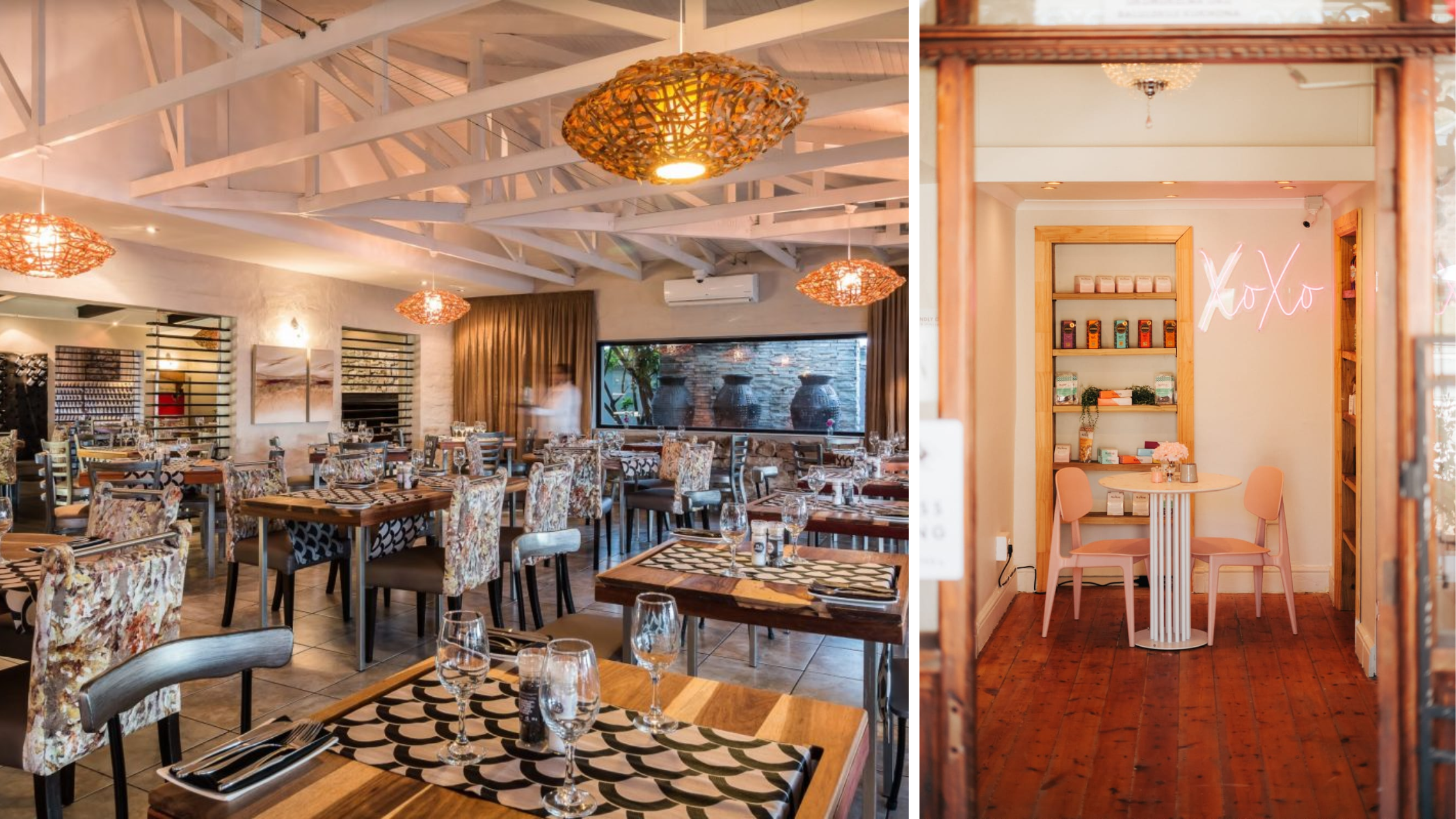
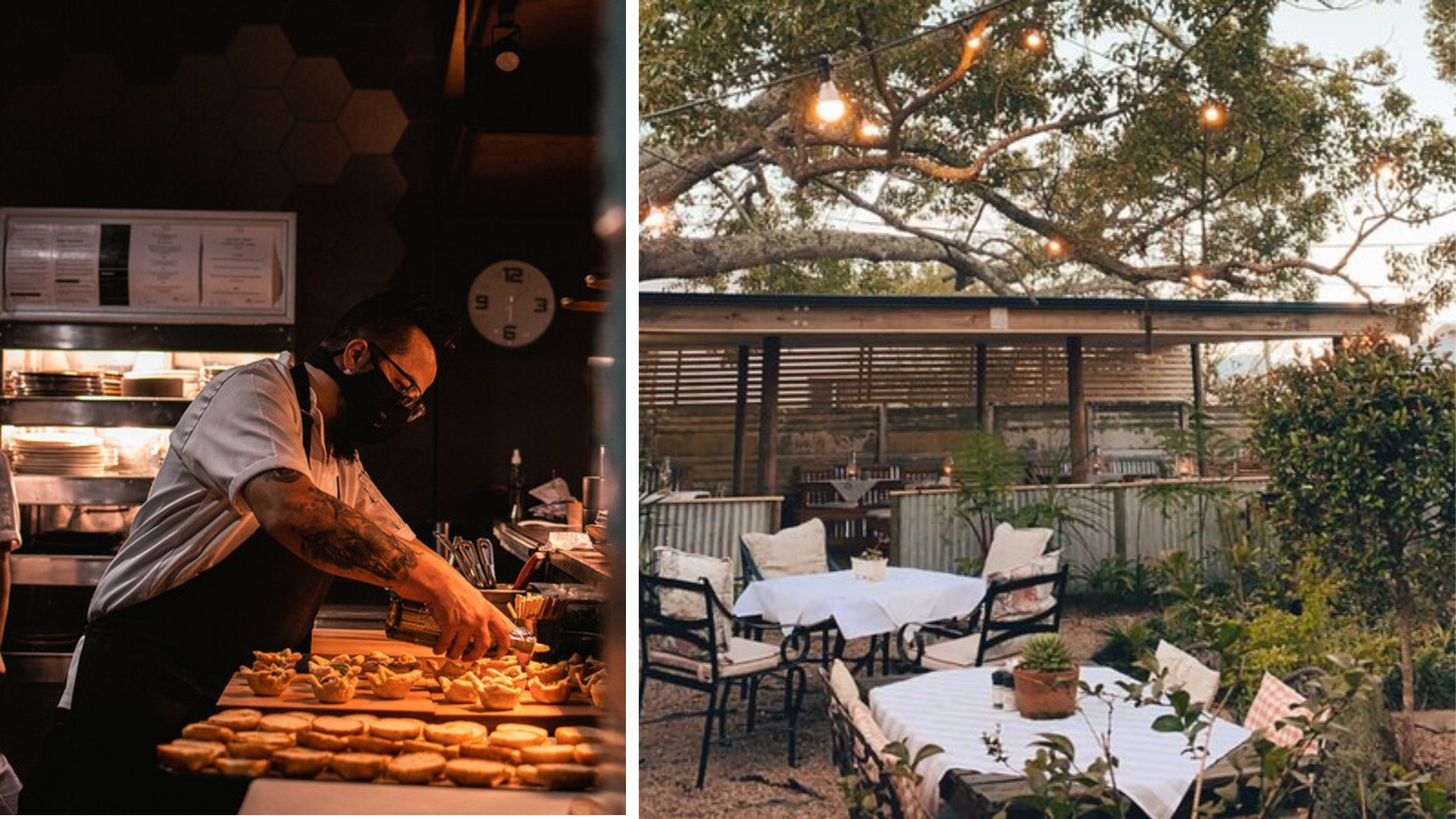
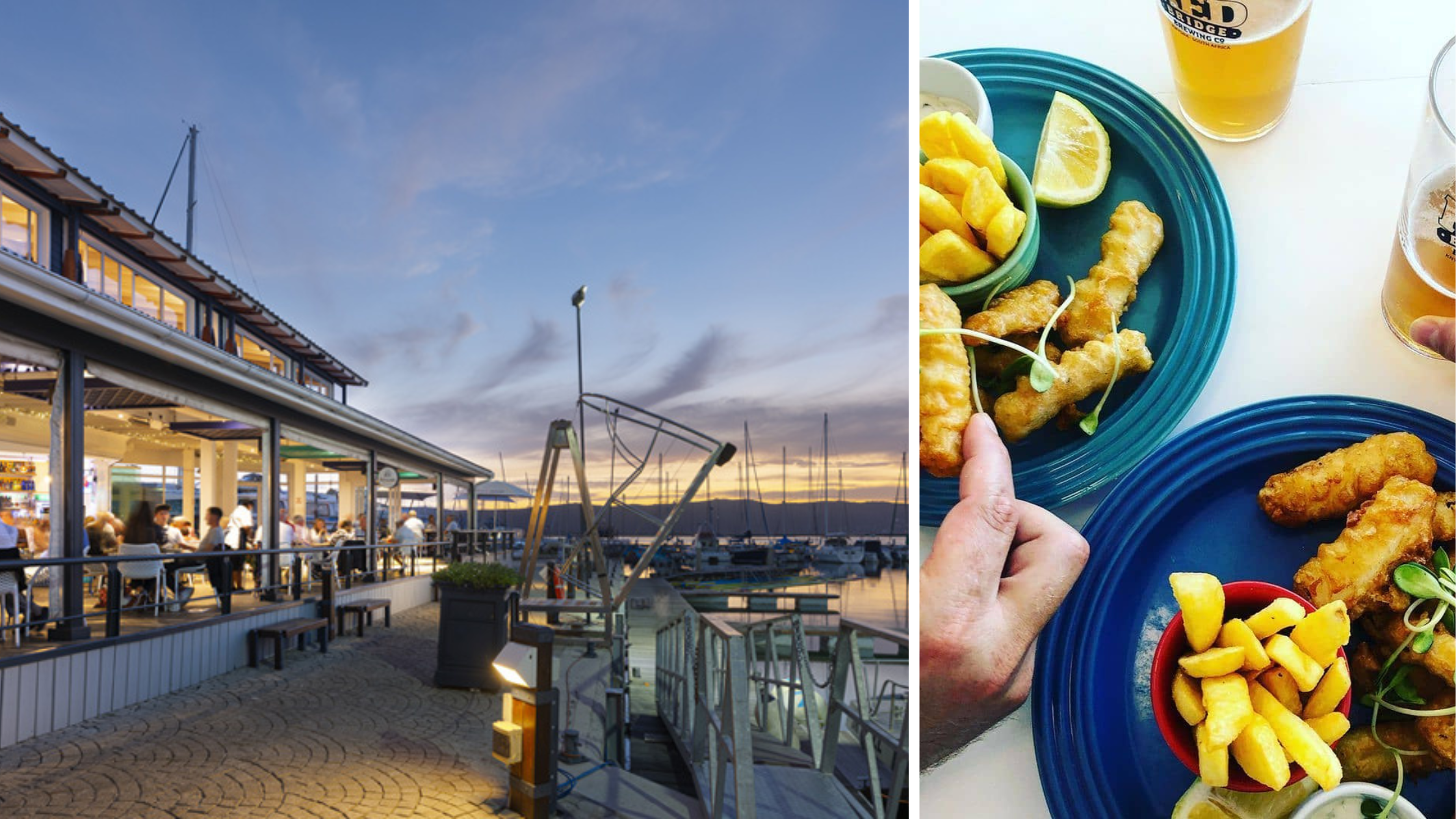
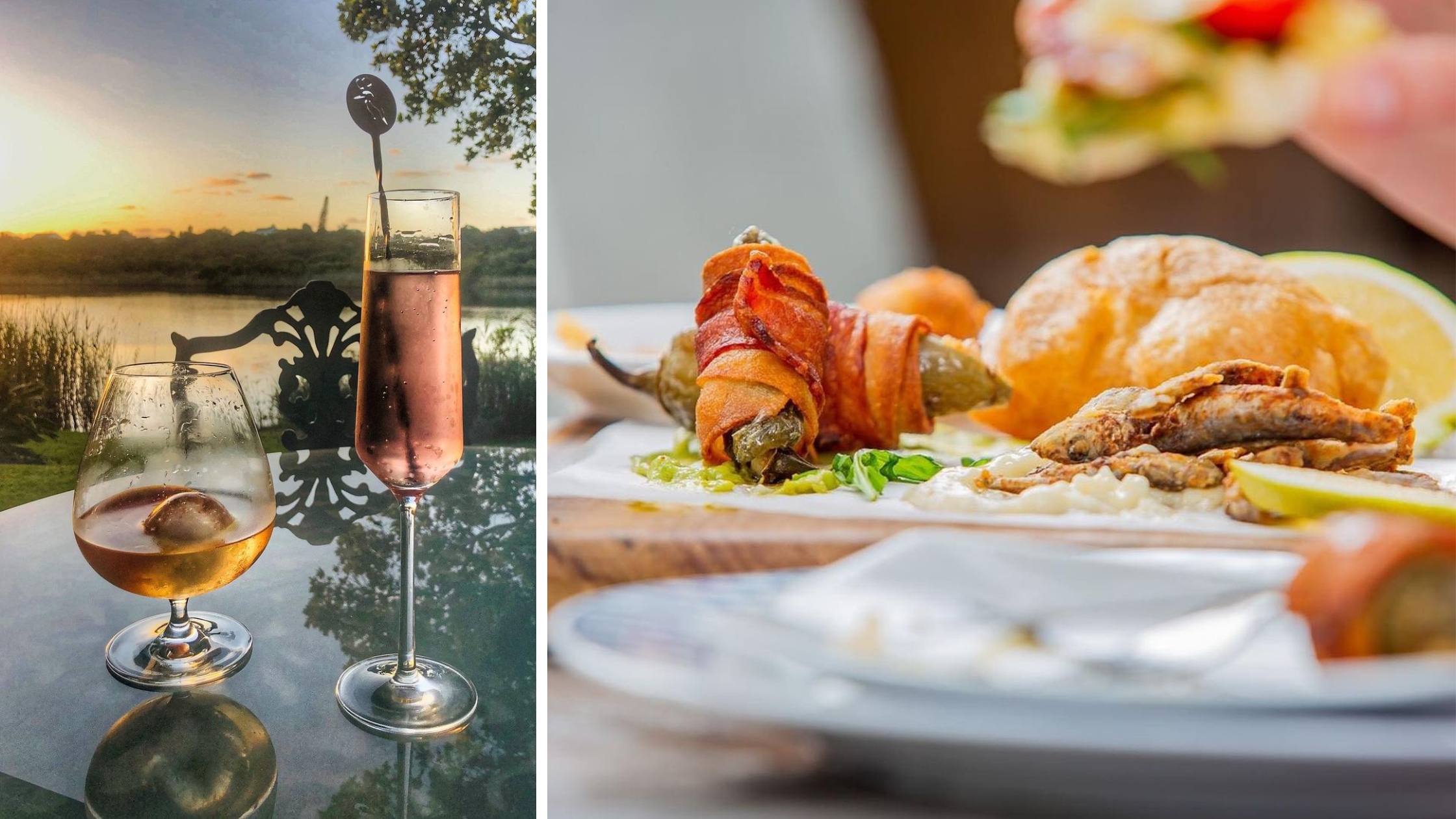
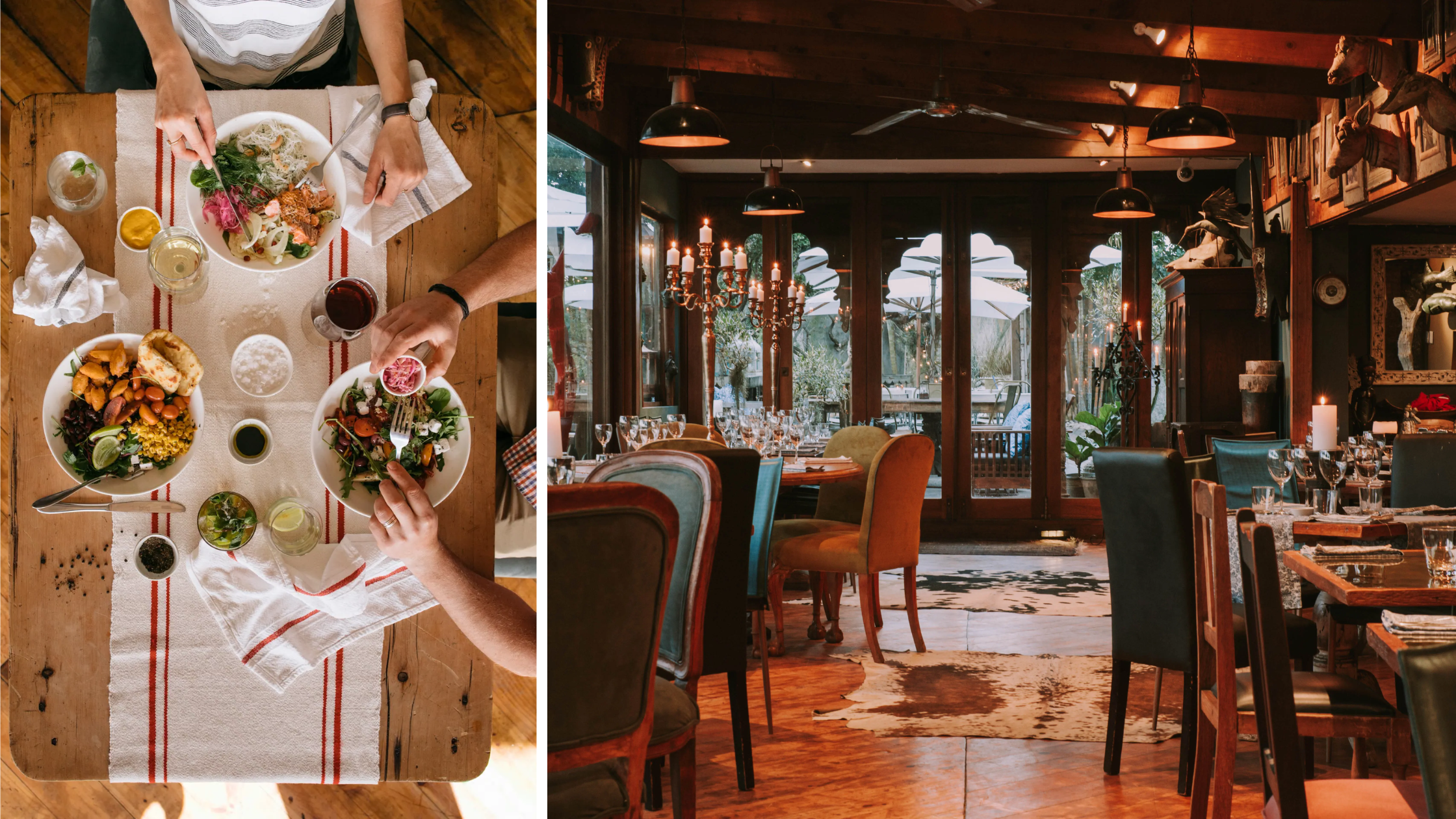
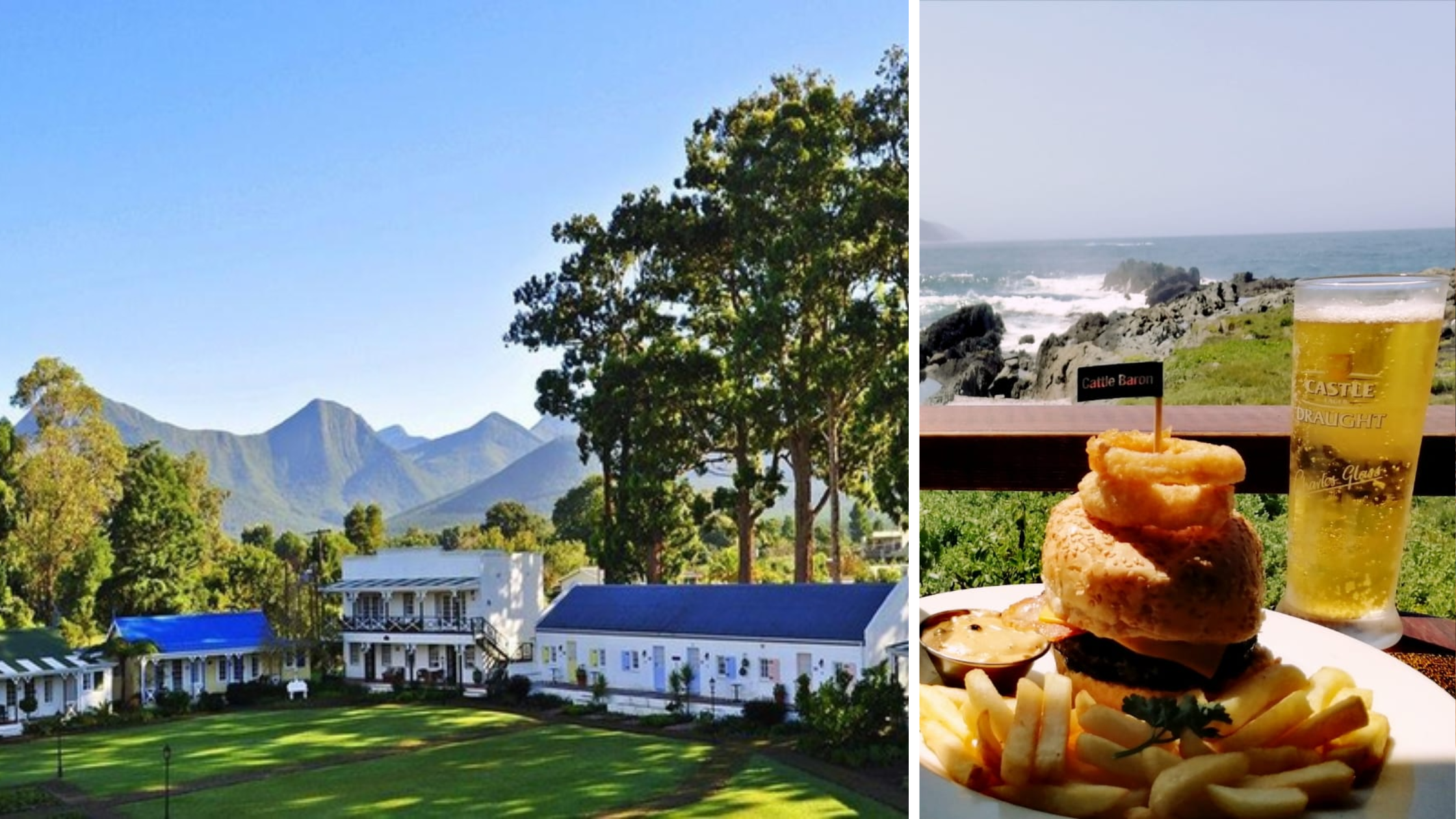
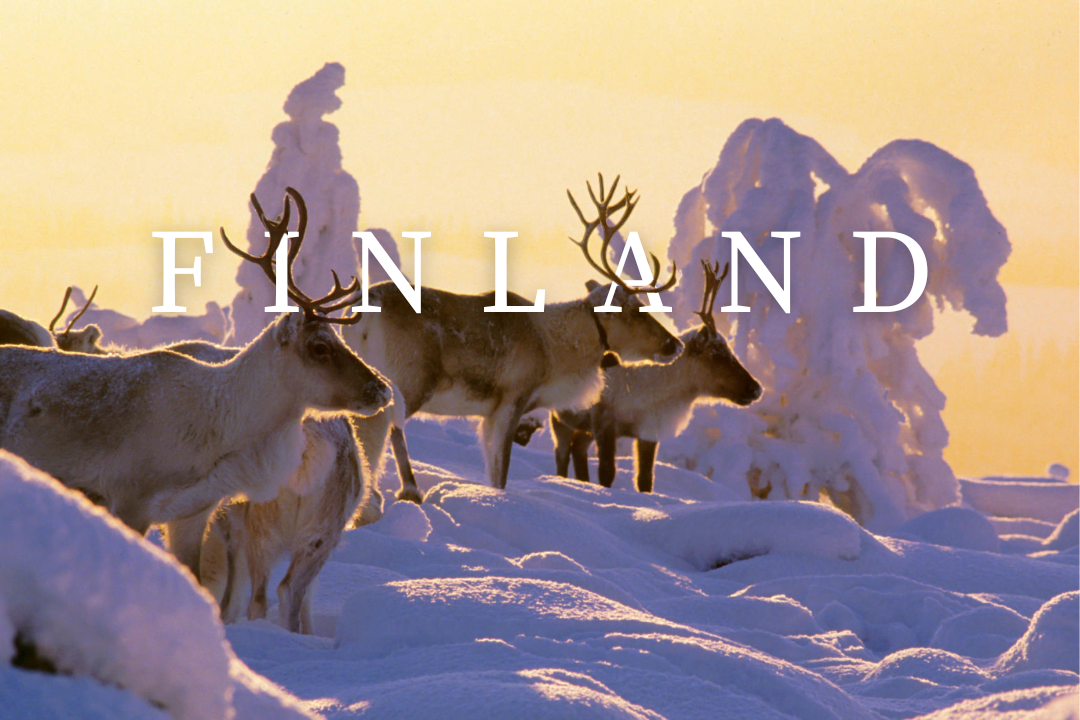

/rovaniemi-finland-SANTAELF1119-c7f8832ebc0b47eaa7140a373cbf6bea.jpg) What if you had special access to the main man himself? In addition to a private visit from Santa on Christmas day, a truly magical night before Christmas involves having Santa’s little helper elves come over to your villa to help set up your Christmas tree!
What if you had special access to the main man himself? In addition to a private visit from Santa on Christmas day, a truly magical night before Christmas involves having Santa’s little helper elves come over to your villa to help set up your Christmas tree!
 If you thought the most magical way of viewing the Aurora was from your toasty bed, with a glass of glögi, or out in the snow, with a mean snowmobile, think again. For those of you looking to take your Northern Lights expedition a notch higher, we’d recommend being in the skies.
If you thought the most magical way of viewing the Aurora was from your toasty bed, with a glass of glögi, or out in the snow, with a mean snowmobile, think again. For those of you looking to take your Northern Lights expedition a notch higher, we’d recommend being in the skies.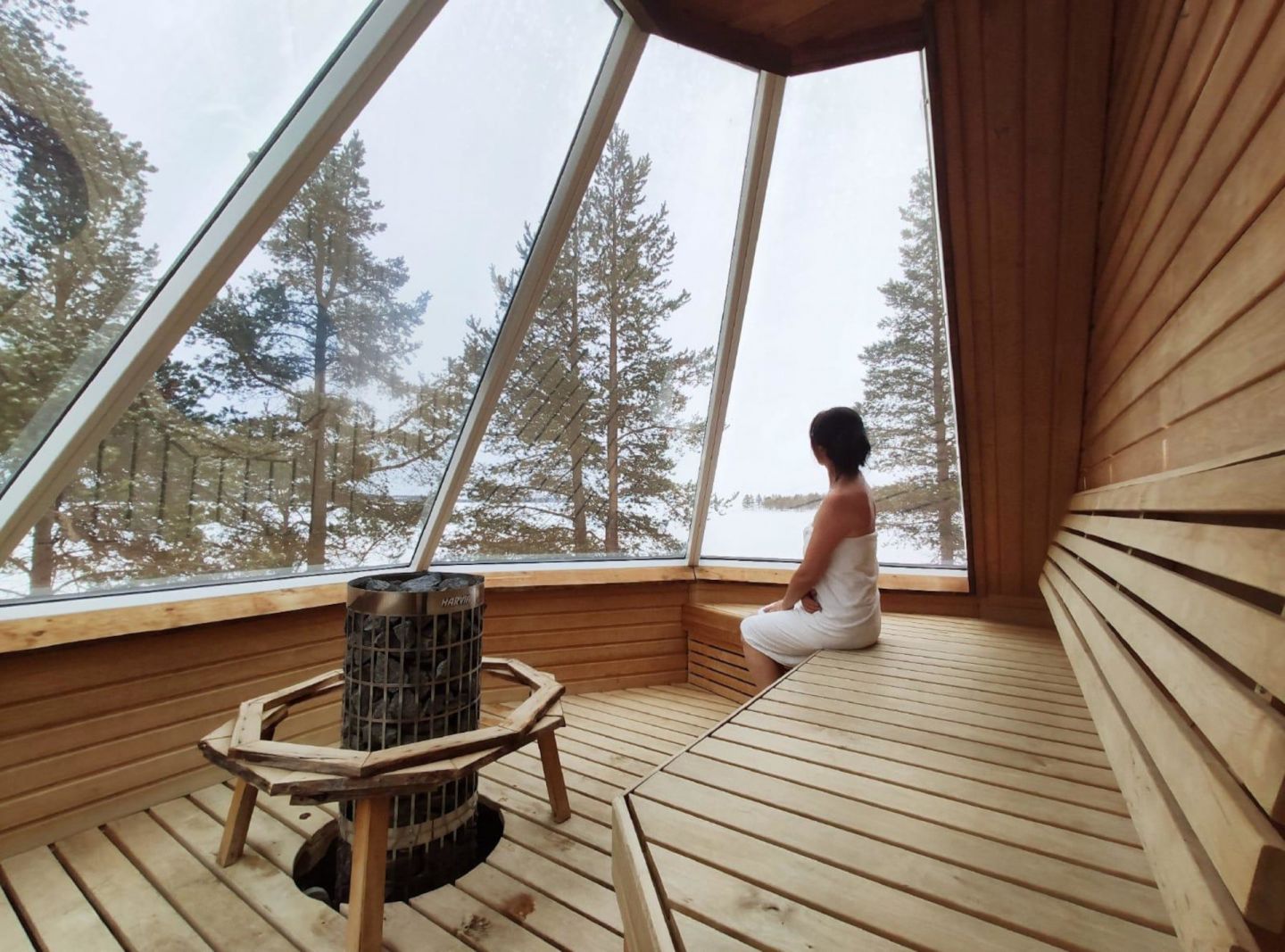 An integral part of local culture and a daily experience, saunas are a place for mental and physical relaxation. The crackle and smell of the warm wood are inviting and when you can no longer stand the heat, hop out and get ready for an icy plunge to feel invigorated. A fun alternative is to take a roll in the snow to cool down.
An integral part of local culture and a daily experience, saunas are a place for mental and physical relaxation. The crackle and smell of the warm wood are inviting and when you can no longer stand the heat, hop out and get ready for an icy plunge to feel invigorated. A fun alternative is to take a roll in the snow to cool down. Winters in Helsinki can be magical. With snow-dusted streets and the warm glow of street lights and bustling, warm markets, take a charming walk around the city. The views from the marina, with stationed bobbing over frozen waters provide quite the spectacle for an afternoon sit-down lunch.
Winters in Helsinki can be magical. With snow-dusted streets and the warm glow of street lights and bustling, warm markets, take a charming walk around the city. The views from the marina, with stationed bobbing over frozen waters provide quite the spectacle for an afternoon sit-down lunch.